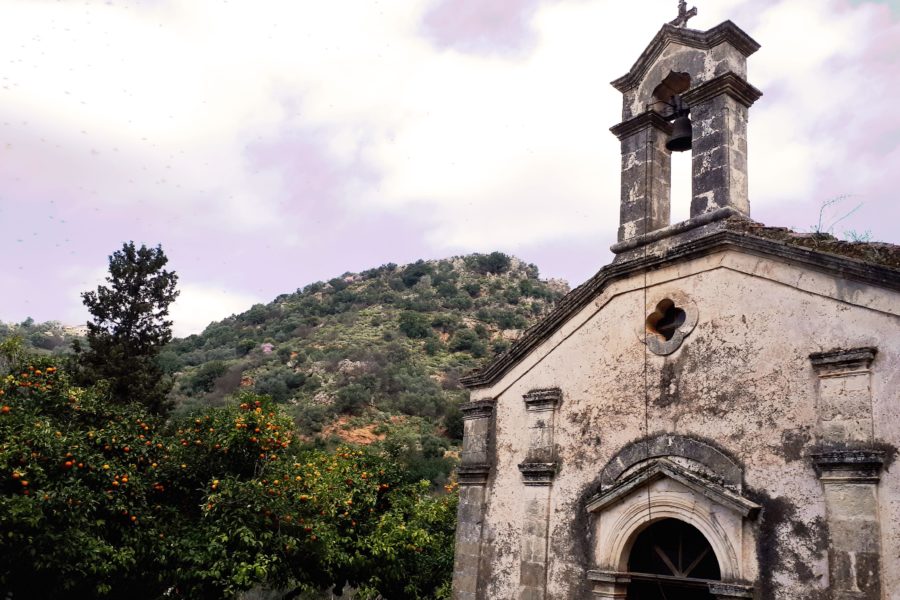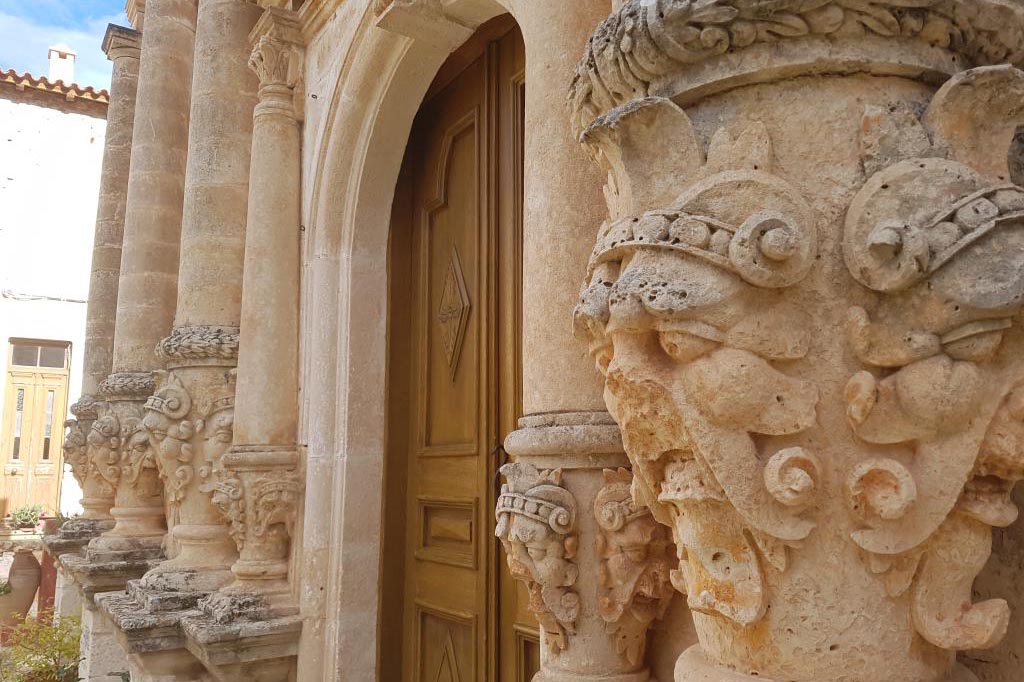Religious Tours
Religious Tradition
This is reflected on the hundreds of religious monuments on the island. Even the struggles for liberation, in most cases, started from the monastic communities. Religious tradition is very intense in all areas of Crete and is present in everyday life of the Cretans. Crete has an autonomous Archbishopric, separate from the rest of Greece. With thousands of places of worship and dozens of monasteries that have played a special role in the consolidation of Christianity and the struggle against the invaders, Crete is an ideal religious and historic destination.
Since the early Christian times, when Paul the Apostle visited Crete and preached the new religion for two years, the Christian tradition developed through the centuries. Remote places of monastic self-exile, traces of early Christian basilicas, cavernous chapels and painted Byzantine churches are found everywhere on Crete.
Many monasteries played an important historical role during the struggles of the Cretans for liberation. Moreover, Cretan iconography flourished especially in the Venetian Era, with El Greco and Michael Damascenus being the most important representatives.
Early Years
Before continuing his journey to Rome, Paul the Apostle, stayed two years in Crete to preach Christianity. This was the starting point for a century-long ascetic tradition, which is still vivid and alive. Before leaving to Rome, his follower Titus, was announced the first bishop of Crete. The new forbidden religion started spreading slowly around the island. Especially after the issuance of the Edict of Milan in 313 AD, which permanently established religious tolerance for Christianity within the Roman Empire, the first monumental temples were constructed.
Early Christian Monuments
The first basilicas, temples of a specific architectural type, were founded in the 4th century AD. Their remnants are still awe-inspiring due to their size and imposing appearance. In Crete about 80 basilicas have been identified. This number indicates economic well-being, since the construction of such large monuments was very expensive. Gortys, Crete’s capital till the Arab rule, hosted the largest of those, dedicated to Saint Titus. Its remains are located near the village Mitropoli, while there is a smaller basilica within the archaeological site of Gortys, also dedicated to Saint Titus.
Apart from the basilicas of Gortys, the visitors can see ruins of similar religious monuments at Hersonissos, Fragokastelo, Elounda, Almyrida, Panormos, Goulediana, Sougia, Eleftherna and other parts of Crete.
Land of Saints
Paul the Apostle left a great legacy for the future preachers of the Christian faith. His replacement, Saint Titus, soon became widely known for his prominent personality. Today his skull is stored in the imposing church of Saint Titus in Heraklion. Another important religious figure, who is considered the founder of asceticism on the island, was Saint John the Hermit. John arrived in Crete with 98 other hermits from Egypt and lived in caves, at the site where Azogyres Monastery is located today. Later, he lived alone in caves of Marathokefala and Akrotiri Cape, where a rich ascetic tradition was developed.
Another bishop of Crete, Saint Myron from Rafkos, is celebrated with a splendor in the village Agios Mironas. Holy water gushes in the cave where he lived. Last, during the empire of Decius, ten Christians were beheaded for their faith in Christ. Today, the village Agii Deka (“Ten Saints” in Greek) is built on the site where the martyrs lost their lives.


